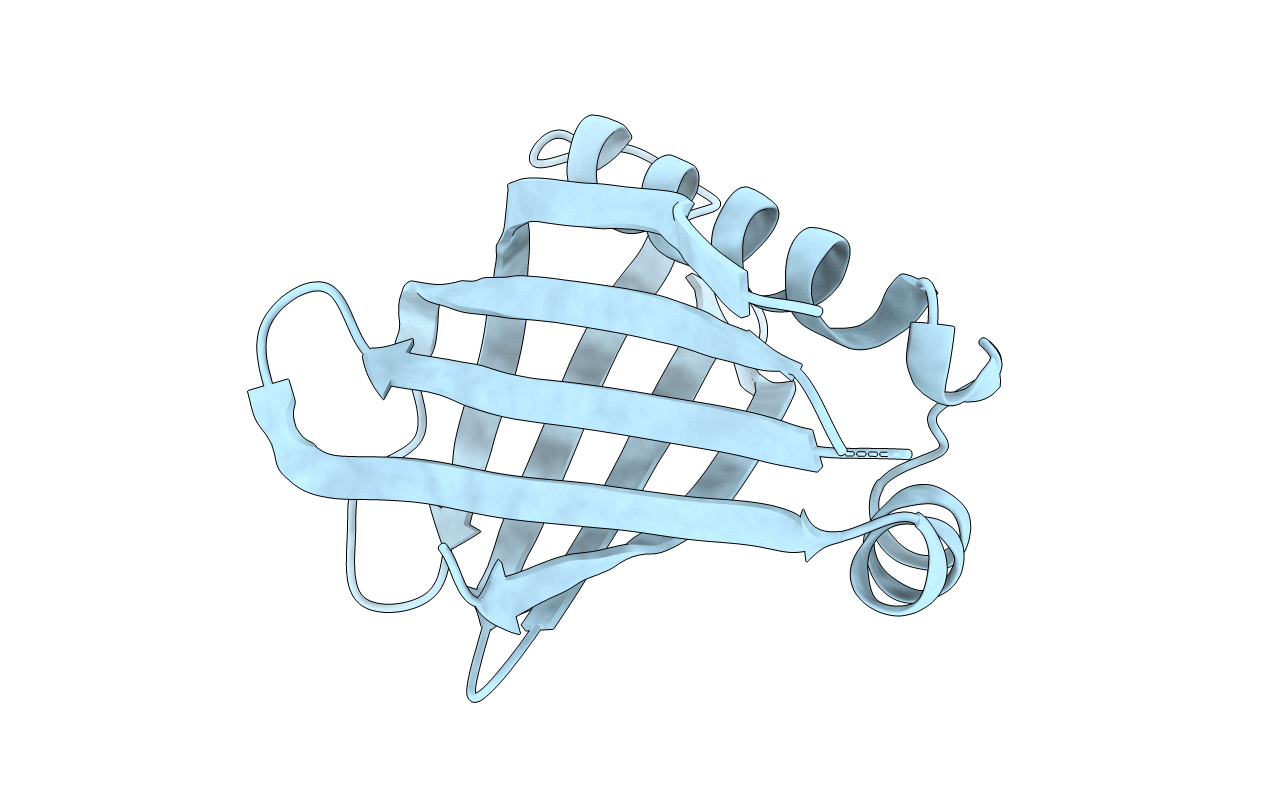
Deposition Date
2014-06-23
Release Date
2015-07-01
Last Version Date
2024-11-13
Entry Detail
PDB ID:
4TTW
Keywords:
Title:
N-terminal domain of C. Reinhardtii SAS-6 homolog bld12p K105C F145C (NN18)
Biological Source:
Source Organism:
Chlamydomonas reinhardtii (Taxon ID: 3055)
Host Organism:
Method Details:
Experimental Method:
Resolution:
1.20 Å
R-Value Free:
0.18
R-Value Work:
0.16
R-Value Observed:
0.16
Space Group:
C 1 2 1


